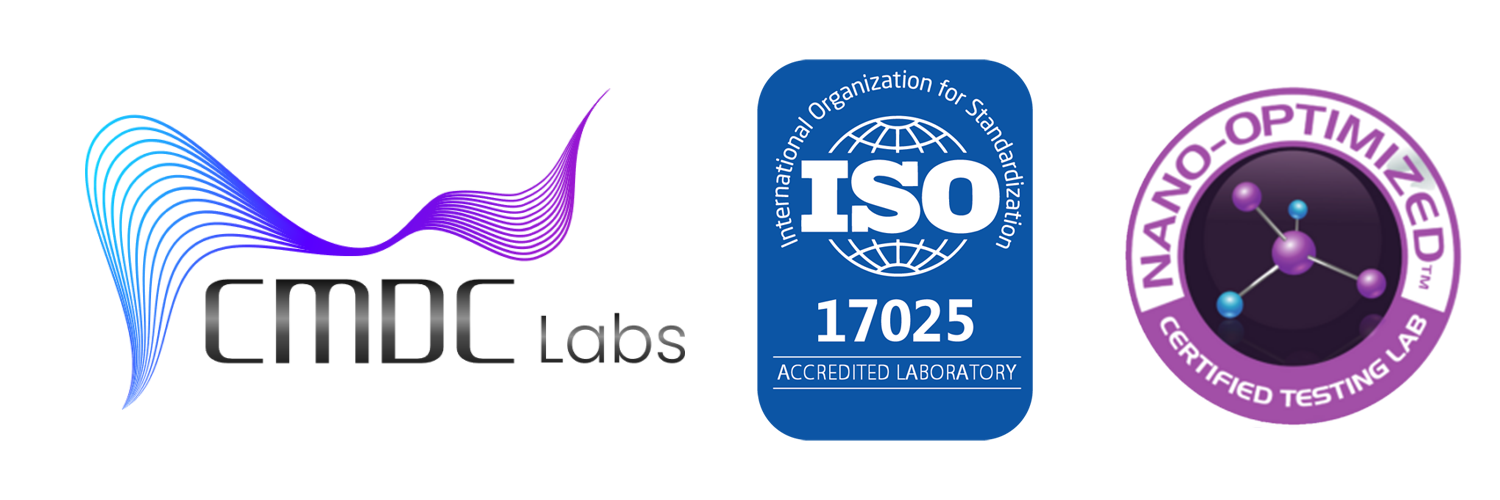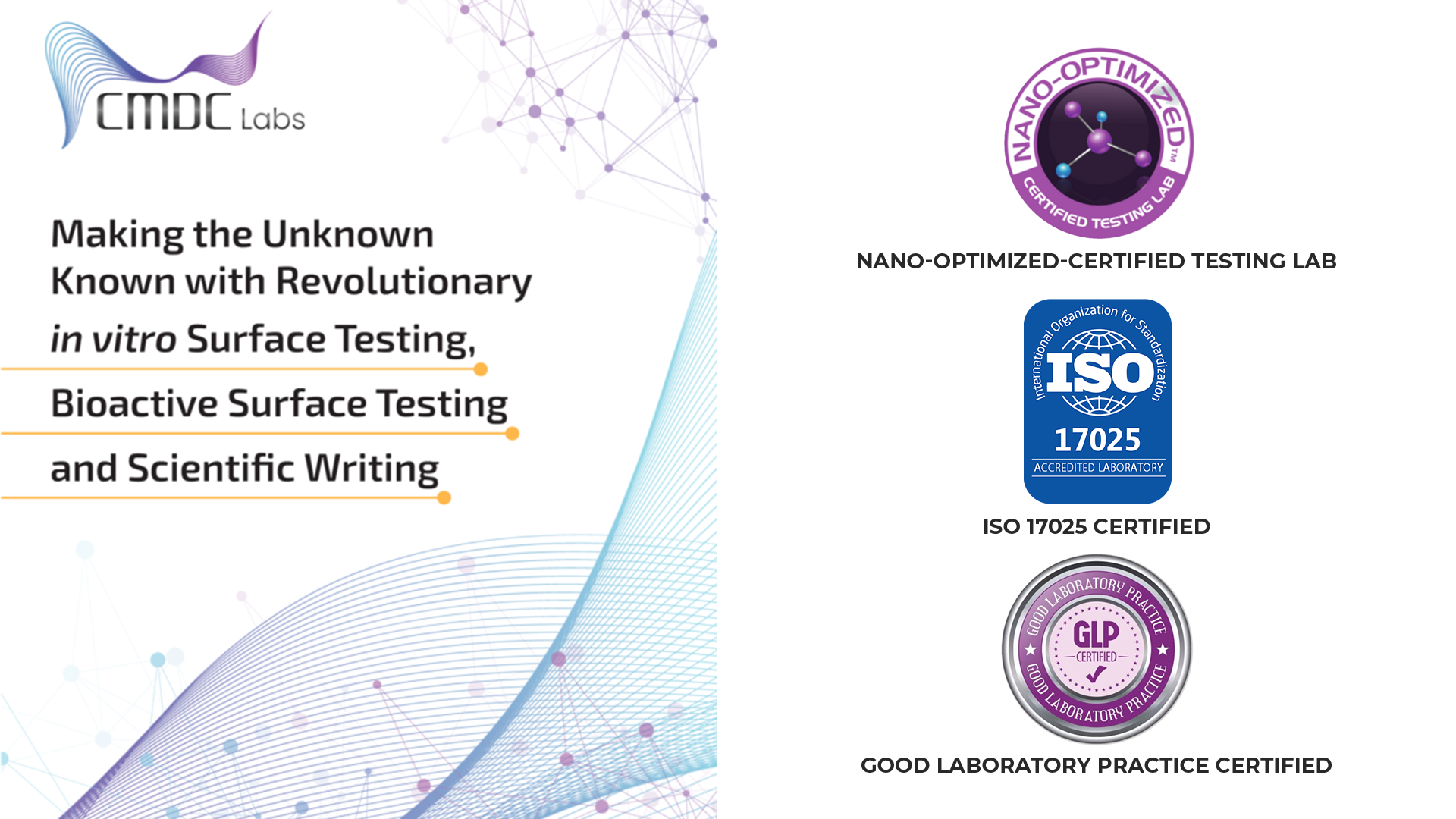In a world of increasingly interconnected food systems, two microbial adversaries — Listeria monocytogenes and Avian Influenza (H5N1) — are pushing the limits of global food safety controls. Once considered separate biological challenges, these pathogens are now colliding in ways that test the resilience of processing plants, supply chains, and regulatory frameworks.
Recent global reports show that Listeria outbreaks in chilled foods and Avian Influenza in poultry flocks are occurring simultaneously — sometimes even within the same regions. This overlap has intensified scrutiny on sanitation, animal handling, and microbiological testing programs. For many food producers, it’s no longer a question of if contamination risks will emerge, but how many will hit at once.
At CMDC Labs, our scientists have observed this convergence firsthand. We’ve seen how food facilities can strengthen defense systems through cross-sector microbiological testing, environmental monitoring, and hygiene auditing designed to catch problems early — before they compromise consumer safety or operational continuity.
The Global Pathogen Landscape: A Dual Crisis
Listeria monocytogenes — The Silent Invader
Listeria monocytogenes is one of the most resilient bacteria in the food chain. Unlike most pathogens, it thrives in cold environments — even multiplying in refrigerated products like salads, deli meats, and ready-to-eat meals.
Recent Listeria-related recalls have spanned continents, impacting everything from frozen vegetables in Europe to packaged meats in North America. The challenge lies in its stealth: once it colonizes a production surface or drain system, Listeria can persist for years, resisting standard cleaning procedures.
According to the CDC, approximately 1,600 cases of listeriosis occur annually in the U.S., leading to severe illness in pregnant women, newborns, and immunocompromised individuals. Its long incubation period (up to 70 days) makes outbreak tracing difficult — by the time symptoms appear, contaminated lots may already be consumed or exported.
Avian Influenza (H5N1) — The Zoonotic Threat
Meanwhile, the Avian Influenza epidemic, particularly the highly pathogenic H5N1 strain, continues to ravage poultry farms worldwide. As of 2025, more than 90 million birds in North America and Europe have been affected through culling or death.
The consequences go beyond the poultry industry:
- Cross-contamination risks increase in processing facilities where infected birds may enter the supply chain before detection.
- Disruption of protein supply pushes consumers toward alternative foods, often produced in facilities unprepared for such volume surges.
- Zoonotic potential — the ability for influenza viruses to jump from animals to humans — introduces a public health dimension that demands laboratory vigilance.
When these two pathogens — one bacterial, one viral — circulate simultaneously, food safety management systems face unprecedented stress.
Why Concurrent Threats Are So Dangerous
Foodborne threats rarely operate in isolation. The interaction of multiple biological stressors creates compound risks, such as:
- Compromised sanitation bandwidth: Facilities under pressure to meet demand may clean less frequently or thoroughly.
- Shared contamination vectors: Listeria may survive on equipment also exposed to Avian Influenza virus particles from raw poultry.
- Overlapping symptoms in detection systems: A single positive environmental swab may represent multiple pathogens, complicating root-cause analysis.
- Resource diversion: Regulatory and QA teams may focus on one high-profile pathogen (e.g., H5N1) while missing others (e.g., Listeria).
The result: outbreaks become harder to trace, more costly to control, and more damaging to brand credibility.
The Need for Integrated Food Safety Strategies
The modern food industry must treat food safety as a system-wide ecosystem, not a checklist.
This requires integrating three essential pillars:
- Rapid pathogen detection — Identifying contamination early through sensitive, validated testing methods.
- Environmental monitoring and trend analysis — Tracking microbial presence over time to spot recurring patterns.
- Hygiene auditing and process validation — Verifying that cleaning, handling, and preventive controls are truly effective against multiple pathogens at once.
This integrated approach forms the backbone of CMDC Labs’ cross-sector microbiological programs, helping producers detect and neutralize risks across both bacterial and viral domains.
How CMDC Labs Strengthens Defense Across the Food Chain
At CMDC Labs, we work with clients across meat, poultry, produce, and plant-based sectors to implement proactive microbiological assurance systems. Our multidisciplinary expertise — spanning microbiology, molecular biology, and food engineering — allows us to design testing programs that adapt to evolving threats like Listeria and Avian Flu.
Here’s how we help food producers strengthen resilience from the ground up.
1. Comprehensive Pathogen Testing Panels
Our laboratory operates under ISO 17025-accredited testing standards, providing validated detection for a broad array of pathogens, including:
- Listeria monocytogenes and Listeria spp.
- Salmonella spp.
- Campylobacter spp.
- E. coli O157:H7
- Avian Influenza virus (H5, H7 subtypes)
We use both culture-based and molecular qPCR techniques to confirm pathogen presence with exceptional precision.
These dual methods allow us to:
- Detect Listeria even in cold, low-nutrient environments.
- Identify trace viral RNA signatures of Avian Flu in processing facilities.
- Deliver rapid turnaround results critical for containment decisions.
2. Environmental Monitoring & Trend Analysis
Because Listeria often hides in drains, coolers, and hard-to-reach crevices, we emphasize zone-based environmental mapping across facilities.
CMDC Labs’ environmental testing program includes:
- Swabbing high-risk contact zones (Zone 1–4).
- Monitoring HVAC and water systems for airborne or waterborne pathogens.
- Tracking contamination trends to identify persistent harborage sites.
- Conducting time-series analysis to detect microbial recurrence or growth spikes.
For Avian Influenza risk zones, environmental monitoring extends to dust, feather debris, and transport crates, helping poultry processors detect bioaerosol contamination early.
This data-centric approach transforms testing results into actionable insights — guiding cleaning protocols, layout redesigns, or targeted disinfection cycles.
3. Hygiene Validation and Process Verification
Testing is only one part of the equation. True control depends on the effectiveness of sanitation systems.
CMDC Labs provides hygiene validation audits that combine microbiological sampling with chemical residue analysis to confirm cleaning performance.
Our audits evaluate:
- Efficacy of sanitizers and disinfectants against specific pathogens.
- Correct contact times, concentrations, and surface coverage.
- Worker compliance with personal hygiene and cross-contamination barriers.
- Post-sanitation microbial load testing to verify cleanliness.
We also assist facilities in implementing Environmental Monitoring Programs (EMPs) aligned with FDA’s Preventive Controls for Human Food (21 CFR Part 117), ensuring readiness for regulatory inspection.
4. Avian Influenza Contingency Support
For poultry processors, an Avian Flu outbreak can shut down operations in hours. CMDC Labs helps companies prepare through:
- Baseline viral surveillance: Routine qPCR testing of flock and facility samples.
- Validation of inactivation processes: Heat, UV, or chemical treatment effectiveness verification.
- Post-disinfection clearance testing: Confirming environments are virus-free before restart.
- Documentation for USDA and FDA reporting: Ensuring all test data meets regulatory format standards.
Our rapid-response molecular testing capability ensures that producers can make data-driven decisions under pressure — limiting spread and downtime.
5. Cross-Training Between Sectors
Food safety threats don’t respect industry boundaries — and neither should prevention programs.
CMDC Labs facilitates cross-training for client QA teams, enabling them to apply lessons learned in one sector (e.g., poultry) to another (e.g., produce or ready-to-eat).
Workshops and internal training cover:
- Multi-pathogen sampling strategies.
- Shared contamination pathways across product lines.
- Use of digital data systems for real-time test result integration.
This knowledge transfer builds a unified food safety culture that remains agile under multi-pathogen stress.
6. Data Integrity and Regulatory Documentation
Under both FDA FSMA and USDA FSIS frameworks, documentation integrity is as important as the test itself.
CMDC Labs provides audit-ready data management support, including:
- Electronic test records compliant with 21 CFR Part 11.
- Corrective Action tracking (CAPA) and verification logs.
- Root Cause Analysis (RCA) documentation for recurring contamination.
- Integrated reports for FDA inspections or third-party audits.
This ensures every test result contributes to a transparent, defensible compliance record.
7. The Power of Predictive Microbiology
While traditional testing detects contamination after it occurs, predictive microbiology aims to anticipate it.
CMDC Labs is investing in data modeling and AI-assisted risk analytics that combine environmental data, temperature trends, and production flow metrics to forecast where pathogens are most likely to appear.
For instance:
- Rising humidity in cold storage may signal ideal conditions for Listeria growth.
- Feed contamination spikes may precede Avian Flu clusters.
- Supply chain data may highlight high-risk geographic sources for raw materials.
By integrating these signals, CMDC helps clients move from reactive to predictive safety management, strengthening preventive controls before an outbreak occurs.
The Economics of Prevention
The average food recall costs $10–30 million — not counting long-term damage to brand reputation and consumer trust.
In 2024 alone, Listeria-related recalls in North America led to hundreds of product removals, while Avian Influenza disruptions inflated poultry prices by over 20%.
Investing in proactive microbiological testing, hygiene validation, and supply chain traceability delivers measurable ROI:
- Reduced recall risk and liability exposure.
- Faster time to regulatory clearance.
- Stronger brand reputation built on transparency.
- Sustained production continuity, even under crisis conditions.
For food manufacturers navigating concurrent biological threats, prevention is now a business imperative — not an optional cost.
The Bigger Picture: Building Resilience in Global Food Systems
The dual emergence of Listeria and Avian Influenza reflects a larger truth about the modern food industry: it operates on tight margins, complex logistics, and interconnected risks.
Future resilience will depend on three pillars:
- Scientific Verification – Every control point supported by lab-verified data.
- Integrated Oversight – Cross-functional monitoring spanning ingredients, environments, and final products.
- Transparent Communication – Swift, factual reporting to regulators and consumers alike.
CMDC Labs helps bridge these pillars by providing the scientific foundation for smarter, safer decision-making — helping clients meet not just compliance, but consumer trust expectations.
Conclusion: A New Era of Microbiological Vigilance
As global food systems contend with overlapping microbial crises, laboratories play a critical role in defining the next generation of prevention.
Listeria and Avian Influenza represent different biological domains — yet they share a common challenge: the need for faster detection, stronger validation, and continuous vigilance.
Through cross-sector microbiological testing, hygiene auditing, and predictive analytics, CMDC Labs equips food producers to protect consumers and maintain operational integrity — even when the microbial landscape shifts beneath them.
Because in an age where pathogens evolve and crises converge, the most powerful safeguard is knowledge — verified, validated, and acted upon.
Sources: Meyka.com, FDA.gov, CDC.gov, USDA FSIS, Food Safety Modernization Act (FSMA), ISO 17025, Codex Alimentarius

